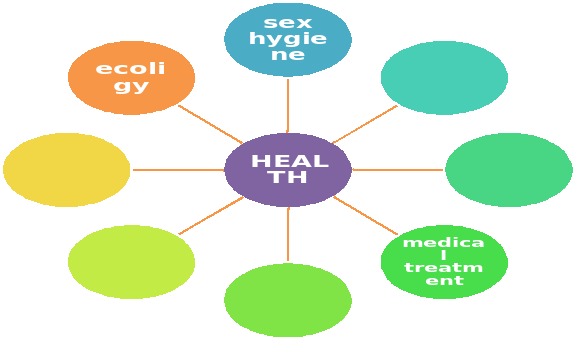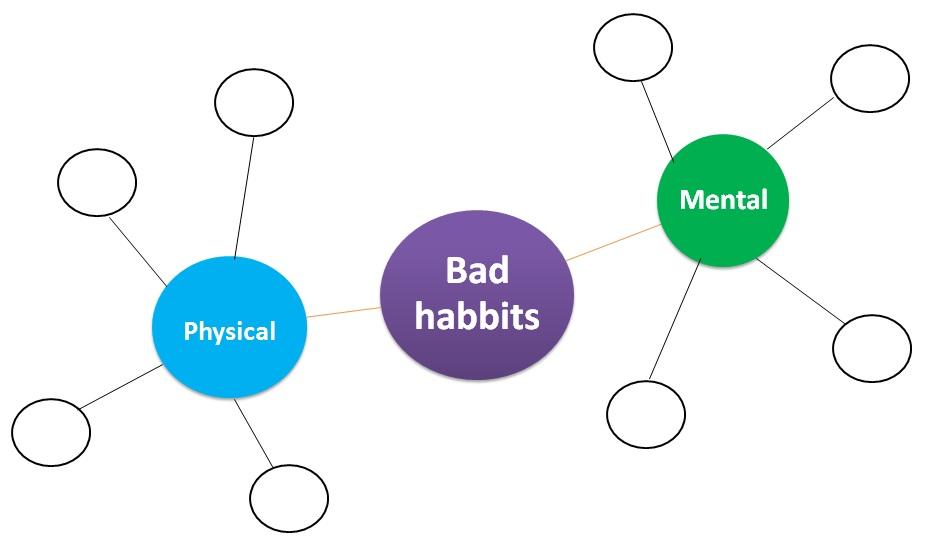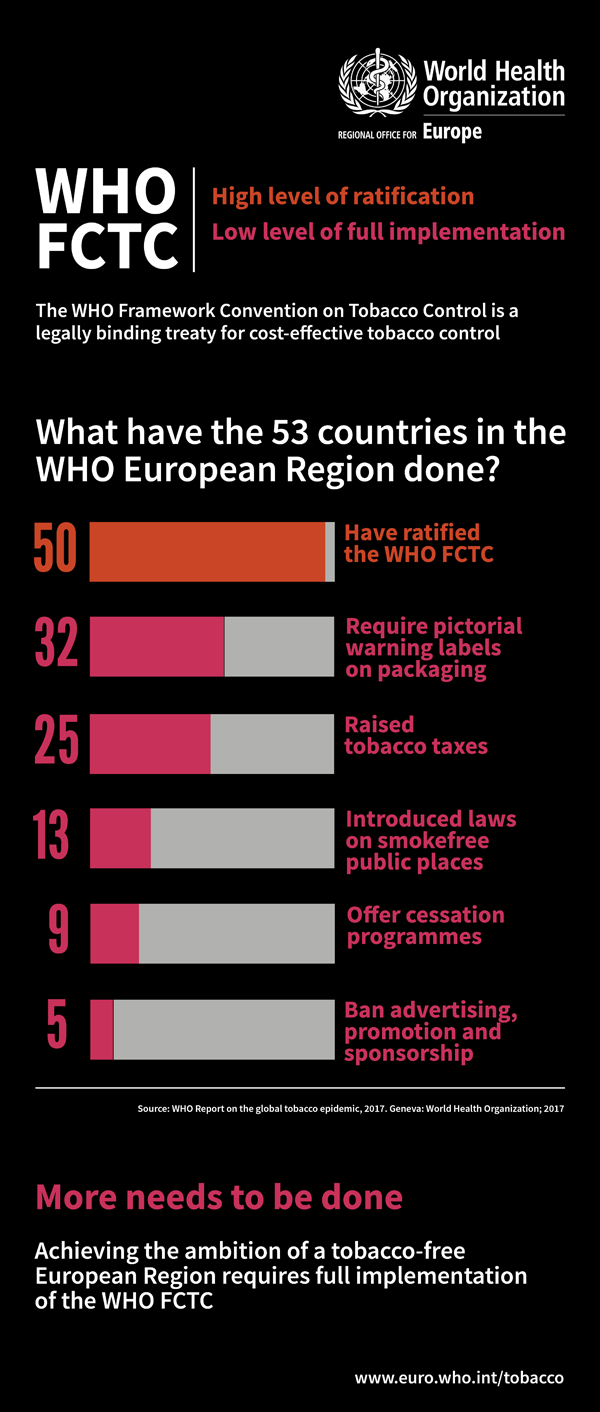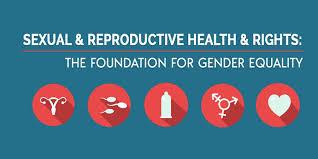1. Read the text and complete the outline with the components of human health mentioned in it.
Healthy Lifestyle: Important Rules for a Teenager
One of the most valuable things in our life is health but a lot of teenagers do not pay enough attention to a healthy lifestyle. However it is very important to take care of your body and everyone has to be concerned about it since childhood. The rules of healthy living are not very difficult to follow – the key feature is to understand that our bodies and minds do depend on the way we treat them. And we need to remember that taking care of our health today means a better hope for tomorrow.
It is not a secret that our bodies and minds are closely connected and we can enjoy our life when we are healthy both physically and mentally. Having some good time with family or friends, enjoying some pleasant time doing what we like means a lot for a healthy lifestyle. Being friendly and cheerful is one of the best promoters of health. And one more rule to remember is finding some time and attention for ourselves.
Moreover wellness and prevention are essential features to live long and healthy. Some useful habits will help us to enjoy all the colours of life. The first thing to be mentioned is the diet we follow. Having a healthy well-balanced diet is one of the main features of avoiding the long list of modern diseases such as obesity, diabetes, and hypertension. Our bodies need to get vitamins, minerals and nutrients regularly so the best way to feel and look well is eating enough fruit and vegetables and avoiding fast food.
The next important rule for being healthy is physical exertion. There are so many ways to feel the pleasures of being active – sports, dancing, or just walking. Regular exercising is a great way to be healthy and to enjoy life.
Besides being active our bodies need to have enough rest to refresh. Having enough sleep (8 -9 hours for a teenager) is really important. It seems impossible to observe this rule in our everyday busy life. But if we do not waste time on watching TV or surfing the Net we will definitely find some precious minutes or even hours for the rest our bodies need.
And last but not least rule for a teenager is avoiding bad habits and addictions that are offered by the modern life. Smoking, alcohol and drug addictions can not only destroy our bodies but, unfortunately, can ruin all the hopes for the future.
Taking care of our life today will open the benefits of the long healthy and happy life.

 2. Visit the WHO (World Health Organization) website (https://www.who.int/ru/) and answer the questions:
2. Visit the WHO (World Health Organization) website (https://www.who.int/ru/) and answer the questions:
1. Which countries are the members of WHO?
2. What are the main lines of work of WHO?
3. What medical statistics are freely available on its website?
4. What is the role of WHO in global health education?
5. What is the role of WHO in preventing outbreaks of various diseases?
3. Visit the website of the WHO European Bureau and study the Health 2020 strategy (http://www.euro.who.int/en/health-topics/health-policy/health-2020-the-european-policy-for-health-and-well-being/about-health-2020). Make up 10 questions so that the answers to them will result in a re-presentation of the main points of the article.
4. Match the words and word-combinations with Russian equivalent.
| 1 | health | A | заботиться о здоровье |
| 2 | bad / poor health | B | хрупкое здоровье, ослабленный организм |
| 3 | good health | C | регулярные занятия |
| 4 | to be in bad / poor / ill health | D | иметь слабое здоровье |
| 5 | to enjoy good health | E | придерживаться диеты |
| 6 | to do exercises | F | упражняться |
| 7 | regular exercise | G | крепкое здоровье |
| 8 | not to take drugs | H | бегать трусцой |
| 9 | to jog in the morning | I | не принимать наркотики |
| 10 | to keep to a diet | J | придерживаться диеты быть в добром здравии |
| 11 | to keep fit | K | здоровье |
5. Put the word-combinations into the columns:
Be healthy; smoke; wash hands; clean the house; eat too much; drink the alcohol; eat the snow; breathe in fresh air; go in for sport; eat fruit and vegetables; do morning exercises; eat too many sweets; go to bed late; keep our body clean; be sleepy; sleep eight hours; visit the doctor regularly; clean the teeth; feel fine; feel sick; have headache; have a bad cold; drink very cold water.
6. Read the text and fill out the chart about bad habits.
Bad Habits and the Ways to Combat them
There are no ideal people in this world. Each person has some negative traits of character as well as bad habits. But there are people, who try to combat them or those ones, who even do not notice their disadvantages. Bad habits are an indispensable part of each person, and even if one states that he does not have them, usually such people just try to avoid problems and forget about their drawbacks.
Bad habits refer to the patterns of negative behavior. They differ from the addiction because of the willpower presence and after a great job one can get rid of them. The earlier you start, the easier it will be to overcome it.. If such a habit can be controlled, it means it is not a bad one.
There are numerous kinds of bad habits many of which have appeared due to the development of technology. Nowadays scientists define such bad habits as alcohol consumption, smoking, swearing, biting fingernails, watching TV, social media addiction, eating too much fastfood, sweets or chocolate, addiction to video games, modern smartphones and iPads etc. All of them are contagious and difficult to overcome, as the temptations are everywhere in the contemporary world. Sometimes we have bad habits of boredom and stresses in our life, so the best way to eliminate them is to diversify your life. But sometimes the reason of the bad habit is much deeper, so be ready to be honest with yourself and realize what is hidden behind it.
Some of the bad habits are very dangerous. Regular intake of sedating medicines or alcohol may bring your organism to incurable diseases. Some bad habits in combination with driving or speeding can even result in death. Poor eyesight, problems with your back, bad teeth, diabetes or other problems are the main symptoms of your habit to be a bad one.
The problem of many bad habits is in doing “too much”. Overconsumption, too much time in front of the thing of your addiction can result in a bad habit. Remember, everything is available, but in small amounts (of course, except drugs). If you determine your limits, a bad habit will eventually turn into an ordinary one. Another disadvantage of such habits is their possibility to be expensive. Cigarettes and alcohol are put large taxes on, so it can cost you a fortune to have these habits, let alone drugs. Shopaholics destroy their budgets even without noticing it. Some bad habits might affect other people. The smoke of cigarettes influences badly on people surrounding the smoker. Many people have such troubles in the kitchen: leave the caps of the bottles, drink from the carton of milk never thinking about other dwellers, never clean up their messes etc.
There is also a theory that people can pick up habits from others, especially the bad ones. When you spend a lot of time with a definite person you can catch yourself on doing similar things. Whether it is eating or shopping, smoking or drinking, they affect you and you start doing the same things, get used to doing them and obtain a new bad habit. But of course, it does not mean you can’t avoid them, just stay strong and think about what you do.
One more interesting fact about bad habits involves your benefit from having it. Some researchers divide these benefits into physical and moral ones. For example, smoking or drugs can wake you up, social networks give you a chance to forget about everyday problems and swearing might change your position and influence in the society. To sum up, each bad habit addresses your certain need, so the best way out is to substitute these needs with something completely different. Do not just give it up, as your organism will lack something and it can make your life more difficult. It is the first piece of advice in the struggle against the bad habits. Another one is to cut out all possible triggers, as their presence won't let you resist the temptation. Avoid the things that cause them: hide a TV remote control, change the place of your rest or pass by the shop without entering it. The next step is to find a support. You can join forces with anyone, who can exactly understand your feelings and remind you of your decision each time you are ready to subside. One more hint is the change of your surrounding: choose only those people to get acquainted with or socialize, who will exactly agree with your new point of view. Prepare the word "but" for your conversations and inner talks to get more confidence and positive intentions. Do not be afraid of mistakes, they will bounce you higher and higher as the harder you throw, the higher a ball bounces. You may also find a penalty for yourself in case you violate your laws. It can be a good stimulus for quitting a bad habit.
One more aspect to be mentioned is a possible medical treatment of bad habits. Drug addiction and smoking are treated in different medical centers and very often medication can stop the addictive behavior.
In conclusion I must say that bad habits are a characteristic of each person, but the fewer of them we have, the easier our life is.

8. Smoking is usually called a “bad habit”, although by the mechanism of occurrence of this addiction, it must be attributed to the same serious diseases as drug addiction and alcoholism. Examine WHO data for tobacco use (http://www.euro.who.int/en/health-topics/disease-prevention/tobacco) and evaluate the smoking cessation guidelines this organization offers.

Answer the following questions:
1. What is the mechanism of craving for smoking?
2. Do you smoke? Why?
3. If yes, have you ever tried to quit?
4. Was it successfully? If not, why?
5. Are the measures proposed by WHO effective in your opinion? Why?
9. Free sexual relations are often included in the category of something like “bad habits”. It is important to say that any person has the right to satisfy his sex needs in any way that does not contradict the law and moral standards of the state in which he lives. However, the freedom that was given to man by the 20th century on this issue also implies a serious responsibility of each of us to our sexual partner, whether it is one-night acquaintance or a long relationship.
This responsibility covers a lot of things, but here are three main ones: sexual integrity, preventing the spread of STDs and reproductive health.
Sexual integrity implies the possibility of sexual relations with another person only if he has reached the age of majority or age of consent, and only with his permission and when he is fully conscious. It would seem a simple thought, but, for example, in Russian culture this causes a lot of controversy. It is widely believed that if your partner was drunk and asked for sex, then it is normal to have sexual intercourse with him or her. Or if at first the woman gave her consent, but in the process changed her mind not to listen to her, because "a woman’s no is yes" etc.
Watch this video (https://www.youtube.com/watch?v=oQbei5JGiT8), which, albeit in a humorous manner, but clearly demonstrates the abnormality of such an attitude, and make a list of rules that could be used by any person who wants to enter into an intimate relationship with someone.
In modern European society, men and women lead a free sexual life, often having several sexual partners before marriage. In this situation, the responsibility for health comes to the fore: your own and your partner’s. We are talking about the “plague of the 20th century” – HIV and AIDS.
Recently, Yuri Dud’ released a documentary about the HIV epidemic in Russia. Immediately after the release of the film, a flurry of criticism fell on it from the authorities. The accusations sounded very different: the disease statistics are distorted, the film propagandizes loose behavior, etc. But the truth is that HIV and AIDS have long been no longer a disease of homosexuals and drug addicts, this applies to completely traditional heterosexual couples. The level of the disease in Russia is comparable to that in some African countries. Watch the film (https://www.youtube.com/watch?v=GTRAEpllGZo), study the WHO data (http://www.euro.who.int/en/health-topics/communicable-diseases/hivaids) and draw a poster that would reflect the measures for the prevention of this disease.

The main measure to prevent the spread of HIV and STDs is condom protection. A condom is also an effective way to plan your pregnancy. The reproductive policy of both the individual and the family is very important for two reasons: overpopulation of the planet, which entails a shortage of food resources and drinking water, and the personal right of every woman to decide whether she wants to be a mother. And if the first reason seems relevant for overpopulated regions like China or India, the second applies to the European society, in which, despite the obvious progress in protecting human rights, there is reproductive pressure and, in some cases, violence. This is extremely true for our country.
If we compare the likelihood of a woman dying during childbirth in the newly independent states of the former USSR and in the European Union, then in the first case it is more than four times higher. In some countries, unsafe abortion accounts for more than 20% of all reported cases of maternal mortality, and in Eastern Europe there is the highest abortion rate in the world. Many people still lack information on issues such as sexuality, family planning, pregnancy and childbirth, sexually transmitted infections, infertility, cervical cancer prevention, menopause.
WHO proclaims that men and women should have access to safe, effective, affordable birth control methods of their choice, as well as adequate quality health care services that allow women to safely pass through pregnancy and childbirth and provide married couples have the best chance of having healthy babies.
Examine the section of the WHO website on sexual and reproductive health of a person (http://www.euro.who.int/en/health-topics/Life-stages/sexual-and-reproductive-health/sexual-and-reproductive-health) and compile a table that reflects the main pros and cons of various contraceptive methods and methods and serves as a convenient reminder for your friends.








 2. Visit the WHO (World Health Organization) website (https://www.who.int/ru/) and answer the questions:
2. Visit the WHO (World Health Organization) website (https://www.who.int/ru/) and answer the questions:



















